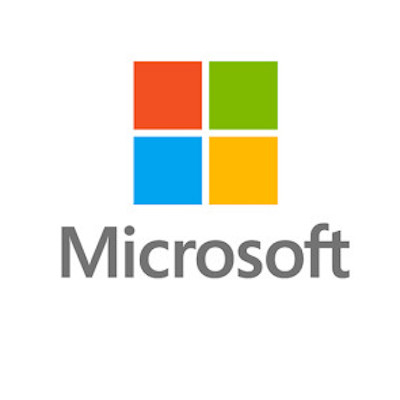
Brand Strategy / Positioning
Electronics & technology – computers, mobile phones, tablets, wearables, VR & AR devices, software; Media & entertainment – streaming services; Retail – electronics & technology stores, e-retail; Professional services – technology solutions
Microsoft Corporation